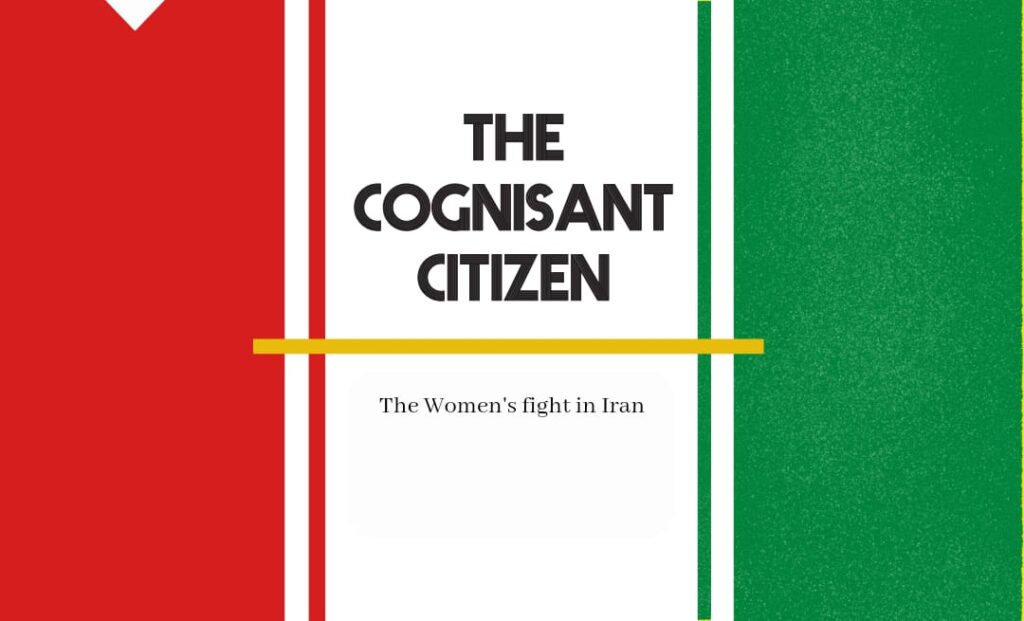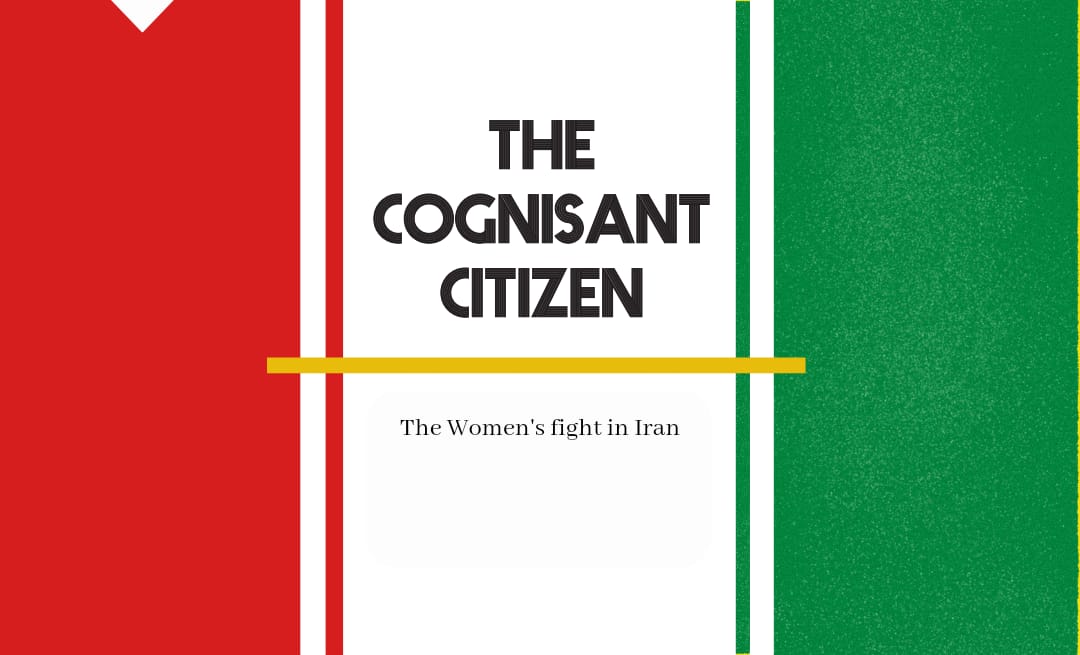
Mahsa Amini, also known as Jina, was a regular 22-year-old hijabi woman from Saqqez in Iran’s Kurdistan province. Jina was leaving for a peaceful day on October 16, 2022, but she could not have predicted the imminent threat that the Metro ride posed to her life that day. She witnessed the most heinous hate crime committed by the law, which was police brutality as a result of not “abiding” Iran’s post-Islamic revolution mandatory hijab law of 1981. She was arrested and beaten while being transported to the detention centre. Amini died on Friday in an Iranian hospital after three days in a coma. Iranian security forces claimed that Amini died of a heart attack at the detention centre, but her family has denied this, claiming that their daughter was in perfect health when she was detained.
Protests have erupted outside the Iranian consulate in Istanbul, as well as in Tehran and elsewhere. In the Iranian city of Kerman, where women are required to wear hijabs in public, many took to the streets to protest Amini’s death, and women were seen burning their hijabs and chanting “Women, life, freedom” and “Death to the dictator” (referring to Iran’s supreme leader, Ali Khamenei).
Mahsa, who belonged to the Kurdish community, was also a victim of state repression of minorities in Iran. The nation’s long-raged protest following this is a fight for self-determination against several politically disastrous agendas. Amini’s case was one of many that occurred in Iran, depicting the country’s decaying lifestyle for women and the theft of their individual and communal rights. There have been additional reports of female protesters dying as a result of the 2022 crackdown on unrest. Nika Shakarami, 16, was a young Iranian wrestler who went missing ten days after protesting in Tehran on September 20, 2022. According to BBC Persian, in her last message to a friend, she indicated that she was being pursued by Iranian security forces. Nika was later discovered with her nose crushed and her skull fractured. Then, to prevent her family from holding a funeral, security forces stole her body. Another case involved Hadis Najafi, a 22-year-old protester who was killed by security forces in Karaj on September 21. Hadis’ sister claimed that she was shot in the head and neck with live ammunition and a shotgun birdshot.
Following these incidents, Iran experienced a wave of protests and demonstrations, with many people taking to the streets to demand justice for Shakarami and to raise awareness about the challenges that women face in the country. Her death also sparked a broader debate in Iranian society about the need for greater gender equality in areas such as sports, education, and the workplace.
The number of unfair laws imposed on women in Iran has increased dramatically as each decade passes, which is surprising given the general quest for any nation to look forward to future development. For instance, under Iran’s Islamic Sharia law, which was imposed after the revolution, men can divorce far more easily than women, and custody of children over the age of seven automatically goes to the father. Women, including legislators and senior officials, must obtain permission from their husbands before travelling abroad. Their legal testimony is worth half that of a man’s, and daughters inherit half of what sons do. Women are legally allowed to hold most jobs, vote, and drive, but they are not allowed to run for president or become judges.
Women in Iran have faced significant barriers to participating in political debate and decision-making. Despite accounting for half of the population, women are underrepresented in politics and frequently face discrimination and cultural biases. This has been exacerbated by laws and policies that limit women’s rights and participation in the political process. Each of these women is fighting for her life every day. They are terrified of living rather than death in their own ‘mother’-land
However, women’s rights activists and organisations have made efforts to increase women’s political participation and challenge patriarchal structures that limit their ability to have a voice in political discourse. Advocating for equal representation in government, promoting women’s political leadership, and creating spaces for women to engage in political discourse and decision-making have all been part of these efforts. Overall, the situation for women in Iranian politics remains difficult, but progress is being made, and women are continuing to fight for their rights and a voice in political debate. To ensure that women are fully included in the political process and able to shape the country’s future, it will take a sustained effort from a variety of actors, including women’s rights activists, the government, and society as a whole.
There have been some efforts in recent years to address this issue, such as the formation of women’s rights organisations and advocacy groups. However, progress has been slow, and significant obstacles remain, such as a lack of legal protection for women’s rights, cultural and social attitudes that perpetuate discrimination, and political opposition to change. On the whole, protests in Iran against violence against women are an important step towards a more just and equal society. They represent a call to action and a demand for greater protection and respect for women’s rights.
Slowly but surely, the advancement of gender equality in Iran is likely to be shaped by a complex interplay of factors, including government actions, activism by civil society organisations and individuals, and the larger political, economic, and social context. However, progress is possible, and many individuals and organisations are working to promote gender equality in Iran and to ensure that women’s rights and freedoms are respected and protected. As such, they are an important manifestation of Iran’s growing movement for gender equality and justice.
Written by Shivapriya S for MTTN
Edited by Akanksha Banerjee for MTTN
Featured Image by FoxBusiness

Leave a Reply
You must be logged in to post a comment.